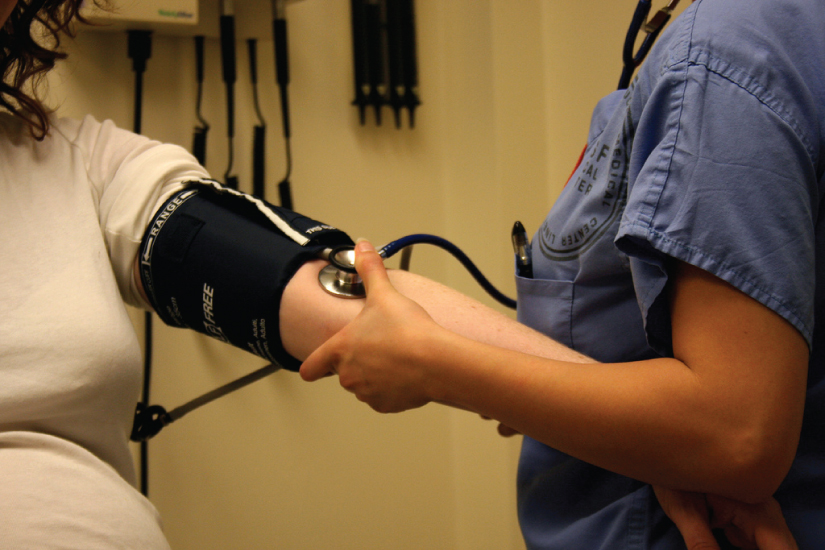
|
Ch 01 The Cranial Nerves and the Circle of Willis
Author:
M.D.Stephen VoronLecturer
University of Utah
USA
Access: |

1.1 An introduction to the human body Read Online
1.2 The chemical level of organization Read Online

After studying this chapter, you will be able to:
Though you may approach a course in anatomy and physiology strictly as a requirement for your field of study, the knowledge you gain in this course will serve you well in many aspects of your life. An understanding of anatomy and physiology is not only fundamental to any career in the health professions, but it can also benefit your own health. Familiarity with the human body can help you make healthful choices and prompt you to take appropriate action when signs of illness arise. Your knowledge in this field will help you understand news about nutrition, medications, medical devices, and procedures and help you understand genetic or infectious diseases. At some point, everyone will have a problem with some aspect of his or her body and your knowledge can help you to be a better parent, spouse, partner, friend, colleague, or caregiver.
This chapter begins with an overview of anatomy and physiology and a preview of the body regions and functions. It then covers the characteristics of life and how the body works to maintain stable conditions. It introduces a set of standard terms for body structures and for planes and positions in the body that will serve as a foundation for more comprehensive information covered later in the text. It ends with examples of medical imaging used to see inside the living body.
Question: What cells form the myelin sheaths around the axons in CN II and VIII?
Choices:
A. Astrocytes and Schwann cells, respectively
B. Ependymal cells and Schwann cells, respectively.
C. Oligodendrocytes and Schwann cells, respectively.
D. Oligodendrocytes and fibroblasts, respectively.
E. Schwann cells and oligodendrocytes, respectively.
Question: What is the name of the sensory ganglion that is located in the temporal bone where the arrow is pointing?
Choices:
A. Otic ganglion.
B. Pterygopalatine ganglion.
C. Submandibular ganglion
D. Geniculate ganglion
Question: What brain stem region lies or sits in the tentorial notch (incisure)?
Choices:
A. Pons.
B. Cerebellum.
C. Temporal lobes.
D. Midbrain.
E. Hypothalamus.
Question: If the optic nerve (II) or olfactory tract is interrupted, will it regenerate?
Choices:
No, will not regenerate.
Yes, will regenerate.
Question: What lies directly above the tentorium?
Choices:
A. The parietal lobes.
B. The temporal lobes.
C. The occipital lobes.
D. The frontal lobes.
E. The cerebellum.
Question: What are the major structural differences between dorsal root ganglia (DRG) and autonomic ganglia?
Choices:
A. The DRG contain the cell bodies of sensory neurons whereas the sympathetic ganglia contain the synaptic junctions between preganglionic and postganglionic neurons.
B. One is derived from neural crest and the other from neural tube.
C. Both have synapses.
D. One belongs to the CNS and the other belongs to the PNS.